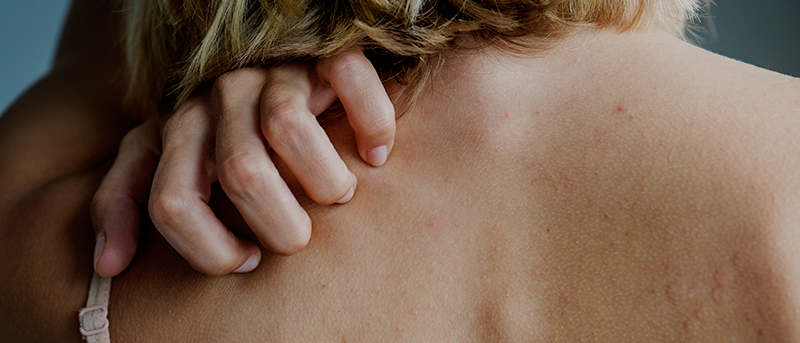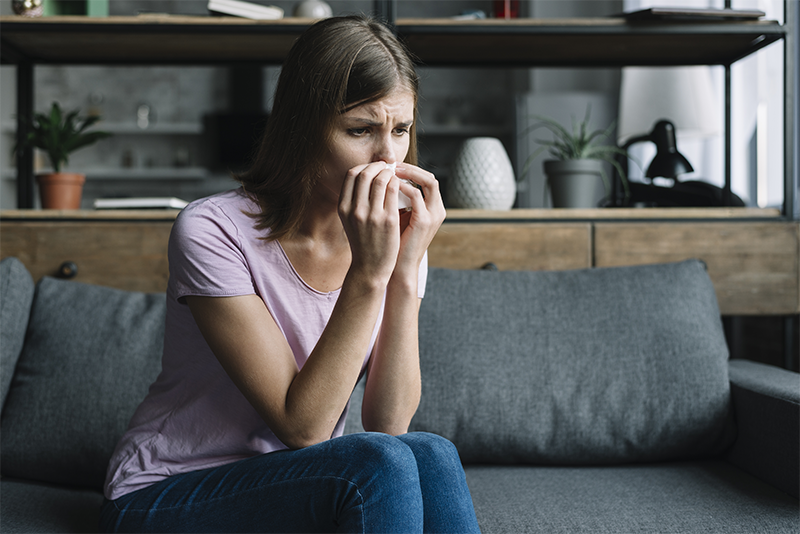
Vieira RJ, Sousa-Pinto B, Anto JM, Sheikh A, Klimek L, Zuberbier T, Fonseca JA, Bousquet J
World Allergy Organ J. 2022 Jun 24;15(7):100660. doi: 10.1016/j.waojou.2022.100660. eCollection 2022 Jul.
Real-world data may help provide important data on different conditions, namely allergic rhinitis. However, evaluating this information can represent a challenge, as results from internet users may be influenced by different factors, from the real epidemiology of the conditions being evaluated, but also by the attention they get in the media.
This study compared real-world data from MASK-air®, a mobile app for allergic rhinitis on the usage of oral H1-antihistamines from 2016 to 2020 in 10 European countries with Google Trends data on the relative volume of search for these antihistamines.
5 different oral H1-antihistamines were selected for each country and the investigators perceived a perfect agreement on the order of antihistamine use in MASK-air® and Google Trends in France, Germany, Sweden, and the United Kingdom. Different levels of agreement were observed in the remaining countries (Italy, Poland, Portugal, Spain, Switzerland, Netherlands). Sales data-wise, there was a consistency in data from Google Trends and MASK-air® in France, Germany and the United Kingdom.
In conclusion, these results suggest that the mobile app MASK-air® data may have a common trend in relation to other real-world data, however, more studies are needed.







